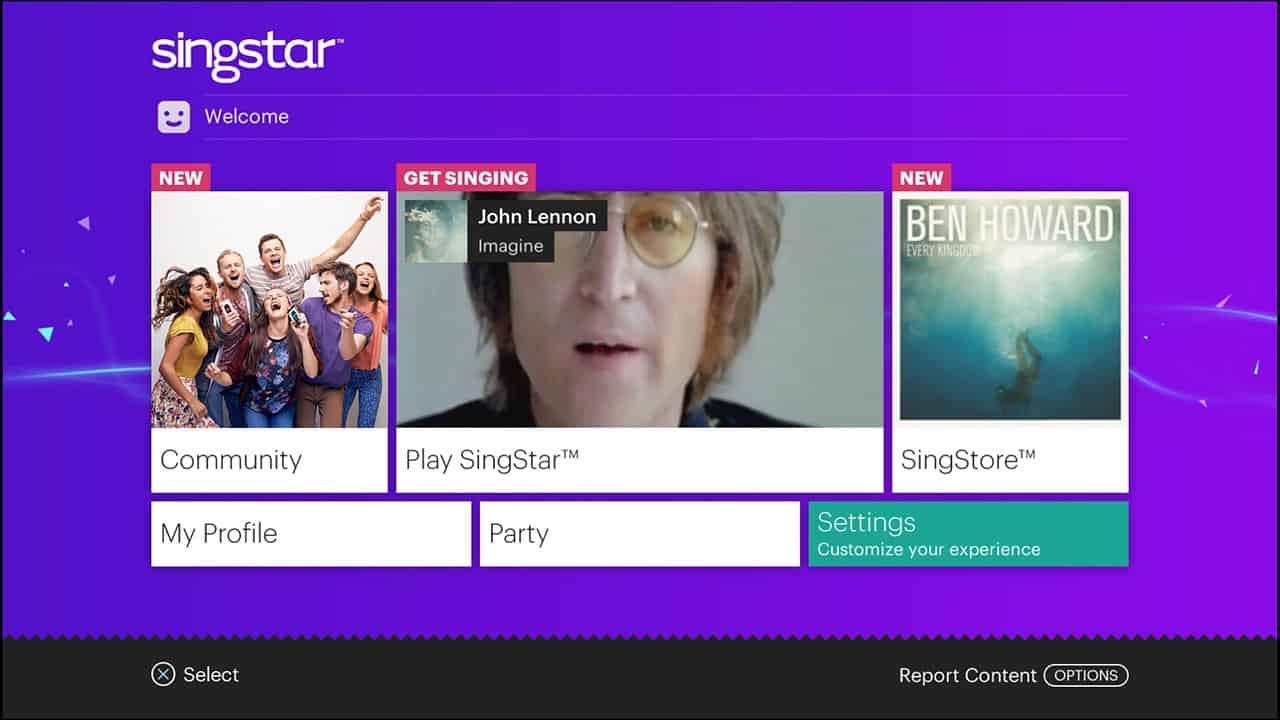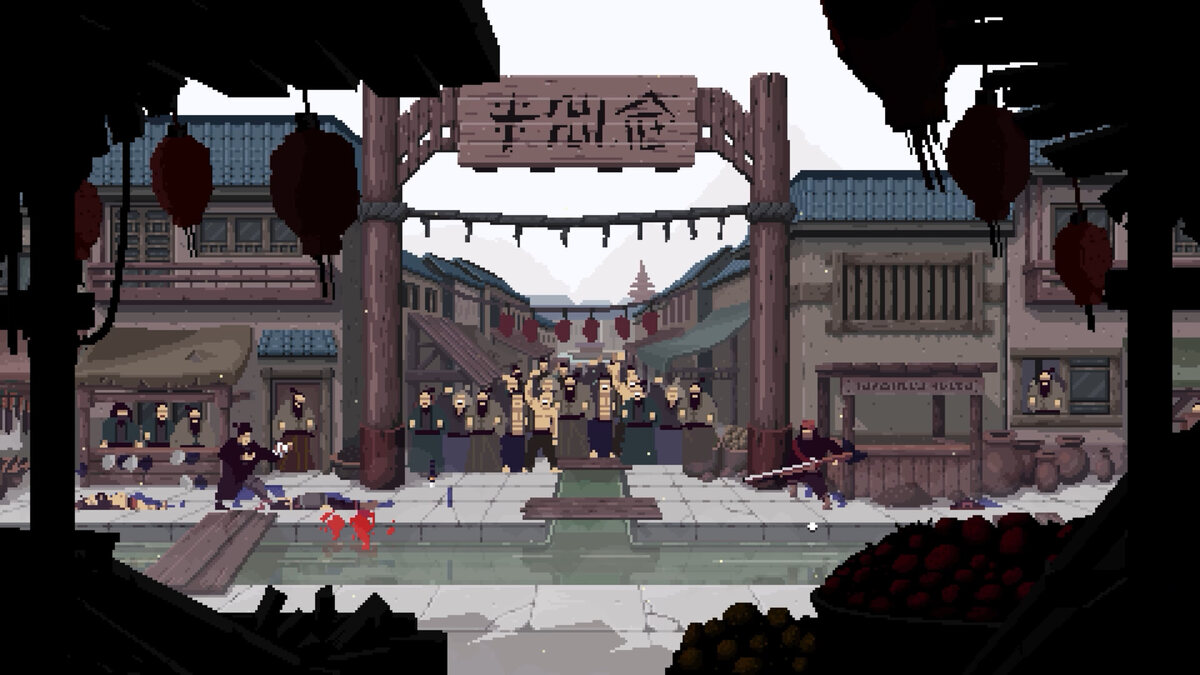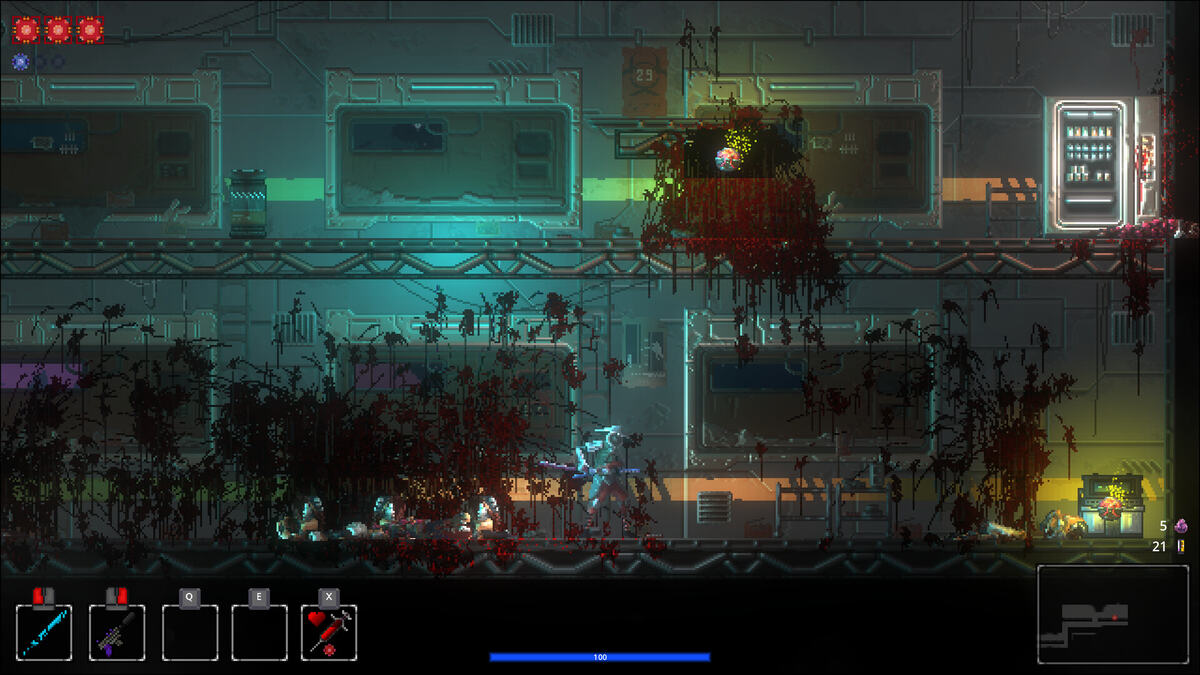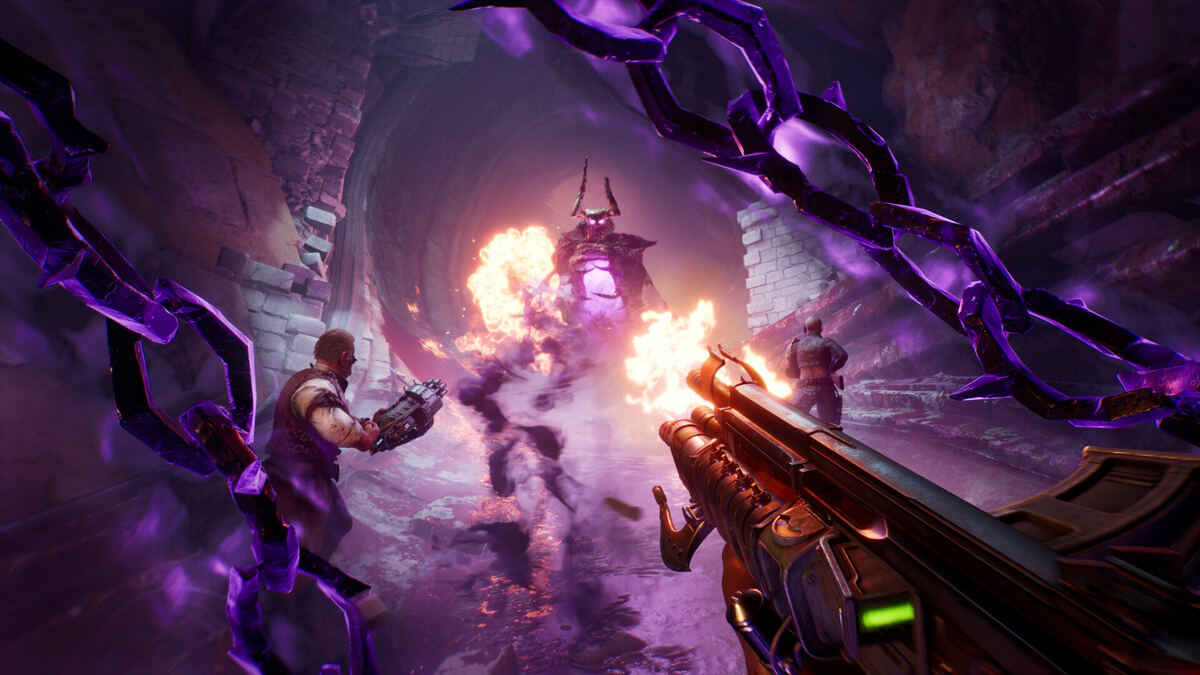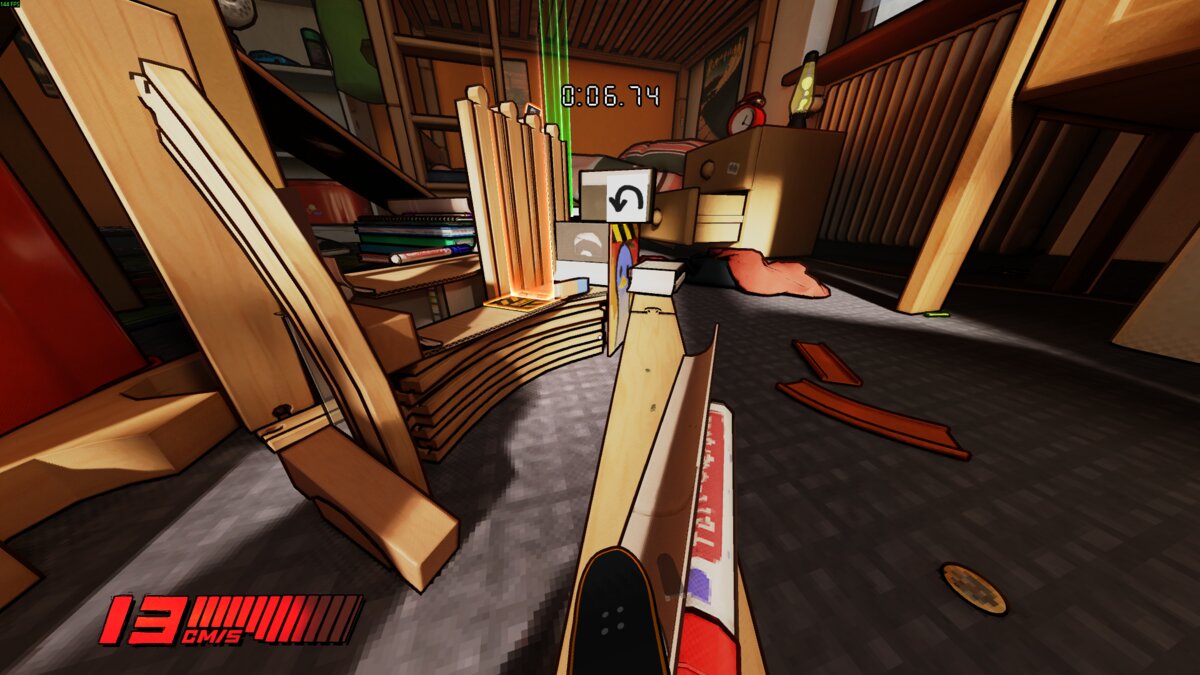You can trust VideoGamer. Our team of gaming experts spend hours testing and reviewing the latest games, to ensure you're reading the most comprehensive guide possible. Rest assured, all imagery and advice is unique and original. Check out how we test and review games here
On the PlayStation 2, SingStar has done almost all it can, which is no small feat for a superpower of gaming that has dominated the closing chapter of Sony’s last-gen console. In a relatively short period of time SingStar has reinvented the PlayStation 2 and sold countless units to consumers specifically interested in a karaoke machine. The vocal-stretching behemoth has courted the pink pound, redefined post-pub gaming, and flirted with a whole new kind of gamer without having to rely for a moment on mini-games and motion gestures.
Sony’s USB microphones may have sent the odd core-gamer running for cover as a gaggle of drunken girls with wine in hand and voices cracked invade his room, but on the whole it has also been embraced by traditional players, who are delighted and a little surprised by the fact that their antisocial hobby and wire-clad gaming den is now the place to be come the early hours, filled with laughter, hedonism, music and dancing.
But with all this success comes a degree of necessary complacency. SingStar on the PlayStation 2 is so fine-tuned it needs nothing more than a new list of songs for each release. So where to take the PlayStation 3 version, on a console with ample room for the series to breath, that is intended to be online as standard?
The answer to that question is fairly obvious with even a little thought, but the implementation of the answer is what impresses. Taking online gaming, which is perhaps the realm of the most dedicated gamers who are most far removed from SingStar fans, and repackaging it for the casual audience takes just two simple elements. Namely iTunes and the hugely popular, man-hour sapping, social networking sites.
Sony isn’t a genius for realising that even the most practised technophobe still knows how to use Facebook or MySpace, and a quick count of white headphones on the tube or train proves how readily the public have accepted the ease of use of iTunes, but in applying these phenomenon to SingStar, the electronics giant seems to have made a masterstroke.
The basic formula to the new SingStar is a familiar one; generally a multiplayer game, players battle or co-operate by warbling along to a selection of popular music, with a final score somewhere in the back of their minds. Well over thirty songs are provided on disk, and if there is an emphasis in the selection, it is on the darlings of the music press past and present.
The predominance of bands like The Killers, The Automatic and The Zutons will repel as many as it attracts, though it must be said tunes such as Mr Brightside make for great singing regardless of your taste. The likes of Primal Scream, Blur, Supergrass and the Stone Roses really bolster the musical credibility of the compilation, while artists like OutKast, Junior Senior and Gwen Stefani provide class, cool and saccharine radio-friendly pop respectively, leaving the real style to Musical Youth and Twisted Sister. The Scissor Sisters bring their boutique smut to proceedings to spice things up, leaving U2, REM and Robbie Williams to provide the musical equivalent of Super Noodles with their dull, wet, soulless and indistinguishable ear-pap.
The included tracks become insignificant though, when SingStore comes into the equation. For now the list of songs on the tentative version of the store come largely from the previous PlayStation 2 versions of the game, but the interface is fantastic, chiefly thanks to mimicking the secret of its influence, which lets the user choose how they interact with the software. Whether searching by genre, or artist, or through various other techniques, choosing and browsing for music is a pleasure, and the presentation of SingStore as a whole screams user friendly, thanks to the freedom of use it provides.
The predictably named My SingStar is the other major online element, and essentially builds a profile out of your performances, harnessing the various new in-game features. The appeal of a public profile based on your most embarrassing drunken moments is a questionable one at first, but quickly becomes rather enticing, and the notion of an online network based on people being downright silly, rather than just bored at work, is wonderful by comparison.
As you play, an EyeToy or PSeye can record your performance for immediate viewing afterwards, without obstructing the music video as you play. The USB camera also collects Golden Moments, which are quick video snippets of your most animated bursts of song, and provides a brief catalogue of stills of your microphone wielding.
All these can be collected, shared and rated online, where it is hoped you will meet friends and establish yourself in a blossoming SingStar community. Just how successful this online neighbourhood will be when so many others of a far greater size already exist is debatable, but the popularity of the game itself and the SingStore, where it will be so easy to spend pennies, seems almost guaranteed.
The SingStar machine continues to grow and flex, enchanting and consuming everything in its path, leaving even the meekest performers delighted that they met with this monster of fun. Such a glorious beast feels like it has the power to swallow the games industry completely, and belt it out like a classic. One day, it feels, we will play games on a karaoke machine and your neighbours will rue the day Sony made karaoke fashionable again.
